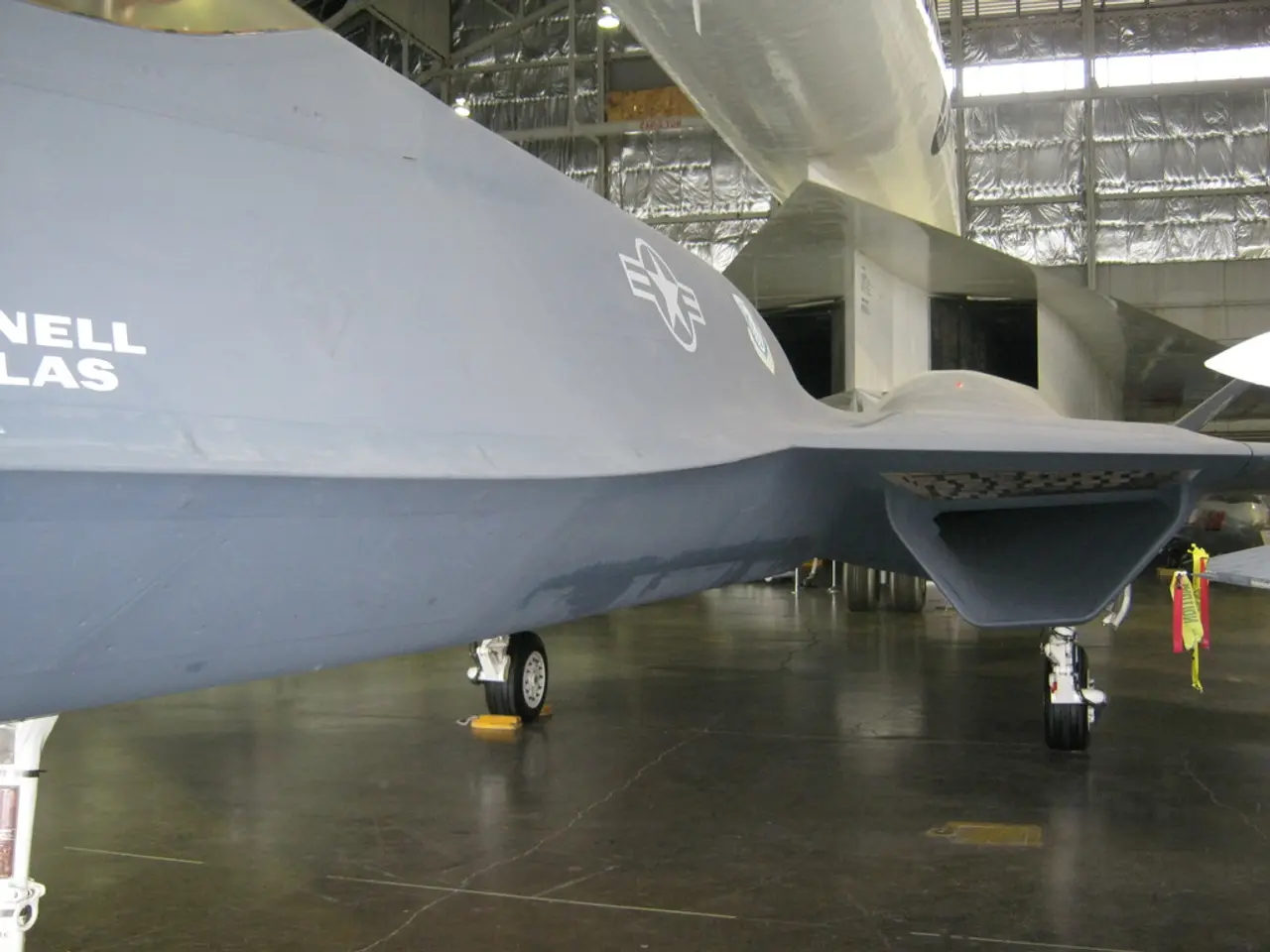Military Exercise in Pacific Ocean Demonstrates Innovative Air Transport Communication Tech
Improved Communications in Pacific Military Exercise Boost Troop Mobility
The U.S. military is currently conducting a large exercise in the Pacific, known as Mobility Guardian, with a focus on enhancing the coordination of large-scale troop and cargo movements across thousands of miles of open ocean.
The exercise is part of a new type of war game called the Department-Level Exercise (DLE), which involves multiple smaller, concurrent exercises and training led by various branches of the U.S. and foreign militaries.
The purpose of adding new communications equipment to cargo and refueling aircraft during the exercise is to improve flexibility, agility, and coordination of large troop movements. This new equipment helps overcome challenges related to incompatible software among military aircraft and the reliance on satellites or line-of-sight radios, which can be jammed or limited by distance in the vast Pacific theater.
Specifically, the improved communications allow aircraft to share data directly and in real time without needing to route information through satellites or facing software incompatibilities. This reduces delays and information gaps, enabling the Air Force to maintain situational awareness and adapt rapidly to changing mission requirements mid-flight.
The Air Force has requested funding for several upgrades to improve connectivity. This includes $19.3 million for upgrading KC-46 communications, $11.6 million for improving connectivity at the 618th Air Operations Center, and additional funding for improving connectivity in the C-17 fleet and KC-135s as part of the tax-and-spending package.
The Airlift Tanker Open Mission Systems kit (ATOMS kit) is being used in the exercise to allow planes to share information without being in visual range of each other. This was demonstrated during the exercise when a dozen KC-135 and KC-46 tankers took off from Guam to support six C-17s flying from Alaska to Australia.
The Air Force is also using artificial intelligence software, enabled by in-flight Wi-Fi on transport aircraft like the C-130, to further improve logistics coordination. This flexibility and continuous communication allow for rapid adjustments and streamlined execution of airlift, refueling, and troop movements over vast distances.
Gen. John Lamontagne, the head of Air Mobility Command, stated that communication is key, and the commitment to the exercise is worth the reward in readiness. The exercise has already moved more than 7,000 troops and 5,000 tons of supplies and equipment in just seven days.
During the exercise, about 330 paratroopers were dropped as part of the bilateral Talisman Sabre exercise. The 2025 edition of Mobility Guardian has had about 85 mobility aircraft and 2,245 Airmen participate so far.
The exercise's timing may not be ideal for some Airmen or aircraft involved, but the general said the commitment is worth the reward in readiness. The Air Force is shifting to a new force generation model called AFFORGEN, where units go through 24-month cycles broken into six-month phases. This means some Airmen deployed to Guam for the exercise may be there for a month, come home for a few weeks, then deploy again for six months.
In summary, these communications upgrades improve the coordination of large-scale troop and cargo movements by enabling seamless data sharing, greater adaptability, and more efficient command and control across thousands of miles of open ocean, which is critical for rapid deployment and sustaining operations in the Indo-Pacific region.
- The U.S. Air Force is utilizing the Airlift Tanker Open Mission Systems kit (ATOMS kit) during Mobility Guardian exercise, enabling planes to share information without visual range, such as KC-135 and KC-46 tankers.
- General John Lamontagne, the head of Air Mobility Command, emphasizes the importance of communication in the exercise, stating that it is worth the commitment for the reward in readiness.
- To further improve logistics coordination, the Air Force is using artificial intelligence software, enabled by in-flight Wi-Fi on transport aircraft like the C-130, during the Mobility Guardian exercise.
- The Air Force is planning upgrades to improve connectivity, including funding for upgrading KC-46 communications, improving connectivity at the 618th Air Operations Center, and enhancing connectivity in the C-17 fleet and KC-135s.
- The space force and defense sectors may also be involved in enhancing the exercise, as demonstrated by the focus on satellites for communication and the need to overcome challenges related to incompatible software among military aircraft and the reliance on satellites or line-of-sight radios.




